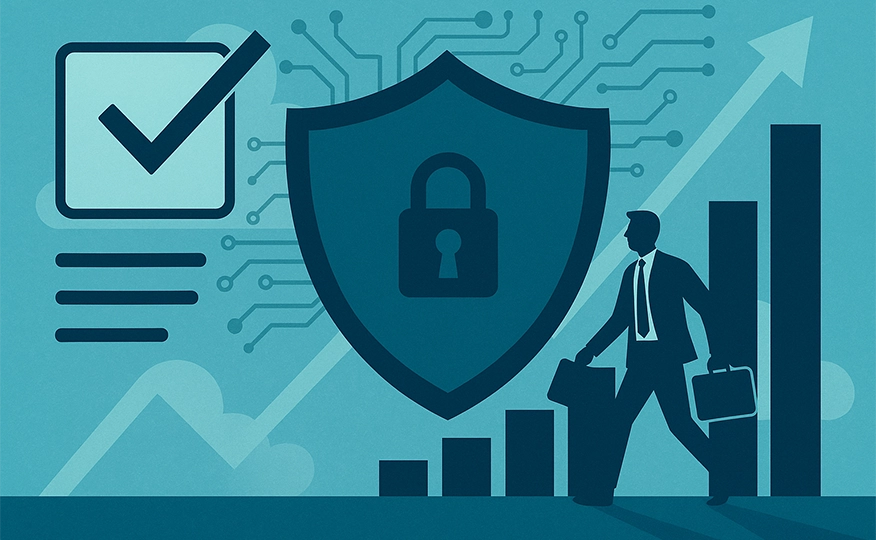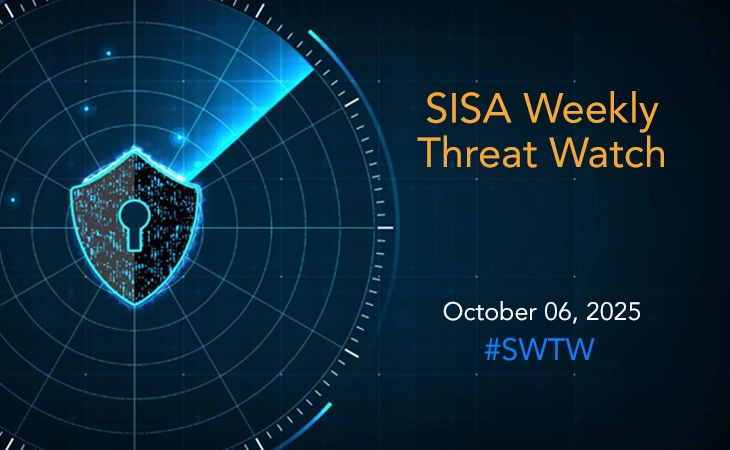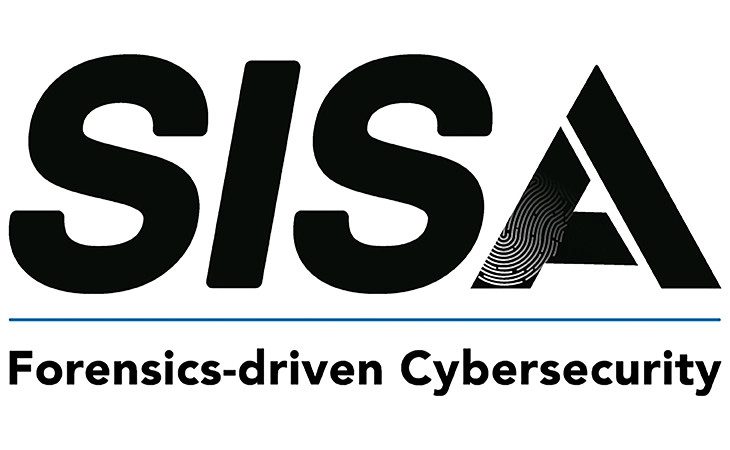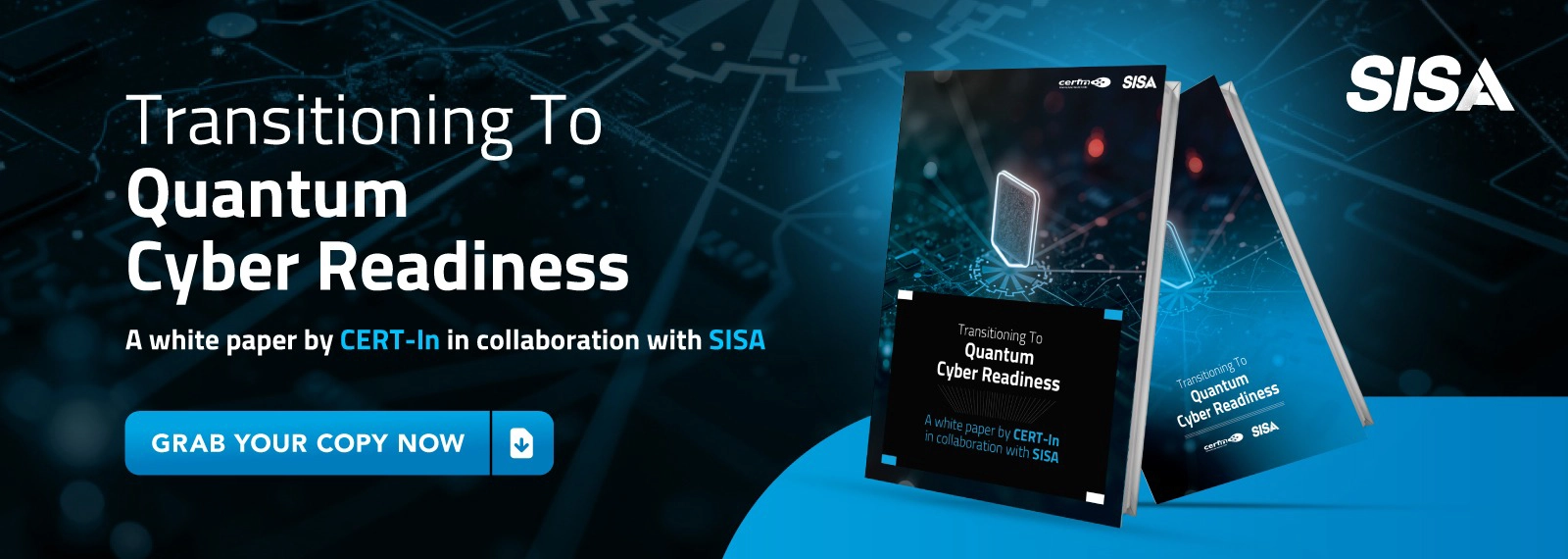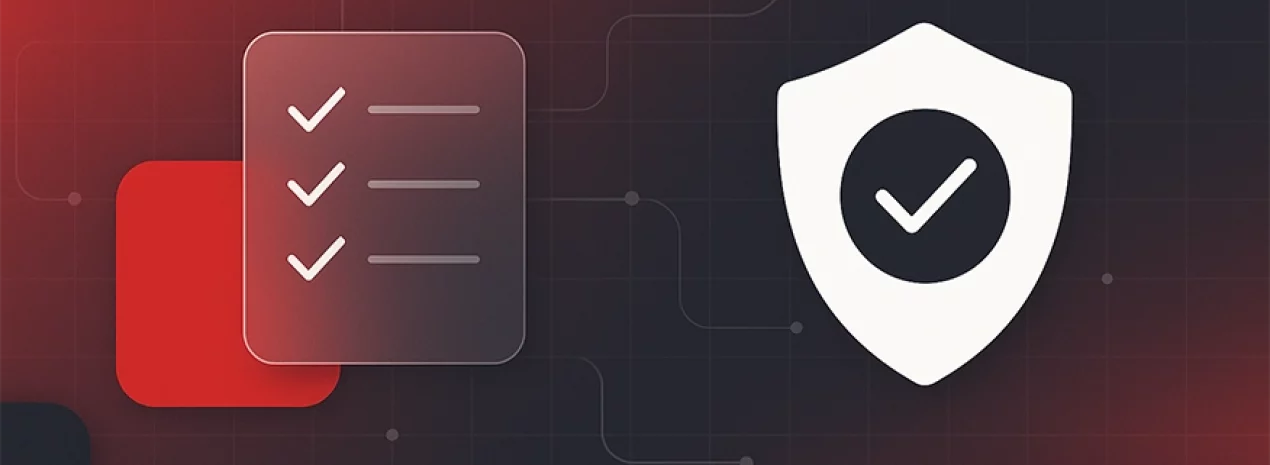
Unified Audit Playbook: Five Best Practices for Sustainable Compliance
Introduction
As organizations across the globe navigate a growing maze of cybersecurity regulations, each with its own set of requirements, often leading to overlapping controls, they are fraught with risks of fragmented approach and inconsistent control implementation. Unified security audit offers a way forward.
While efficiency and effort reduction are often the initial motivations, the strategic value of unified audit goes far beyond that. By ensuring consistent controls across standards, it reduces blind spots, improves risk visibility through a centralized, real-time compliance view, and enables faster response to regulatory changes. It also enhances audit readiness through reusable evidence, strengthens trust with regulators and clients, and drives cost optimization by eliminating redundancies across teams, tools, and documentation.
However, the burden of managing unified audit varies across organizations. For large enterprises with global teams and parallel audits, the challenge is coordination and duplication of effort whereas for mid-market and smaller firms, fatigue comes from resource constraints and lack of clarity on what’s required. Here are the five best practices that can help organizations across sizes simplify the implementation of unified audit.
Adopt a data-driven approach: Organizations must consider building security compliance programs around foundational principles like data minimization, purpose limitation and access management, and then layering local obligations on top. Investing in centralized data mapping and consent orchestration tools that can adapt to regional rules also helps break the silos.
In simple terms, it requires organizations to move from a policy-driven approach to a data-driven approach, knowing where the data is, what it’s doing and then aligning compliance obligations around it.
Treat compliance as a strategic enabler, not just as a checkbox: Organizations must understand that it’s not just about passing an audit but it’s about embedding security and privacy into the DNA of the organization. This means embedding security controls into business processes, using automation for real-time visibility and using audit findings as opportunities for continuous improvement and not just remediation. It involves creating a central governance structure that brings legal, risk, and IT functions to the same table and implementing platforms that support centralized control management, shared evidence repositories, and cross-functional dashboards help everyone speak the same language.
Embrace an evidence-based unified mapping approach: Instead of forcing controls to fit across standards by generalizing them, organizations must focus on the specific evidence each framework requires. This ensures that even if one control maps to multiple standards, the testing method, assurance level, and evidence artifacts remain framework specific. Each control in the framework must be tagged with the required evidence per standard, whether it’s PCI DSS, ISO 27001, SOC 2, or GDPR. This helps maintain the depth and alignment with auditor expectations, while eliminating redundancy and at the same time ensures unified audits don’t slip into a lowest-common-denominator approach.
Balance external expertise, tools and internal ownership: Organizations today are flooded with choices when it comes to audit firms, consulting partners, GRC tools, and automation platforms. For unified audits to succeed, organizations must carefully orchestrate the balance between external expertise, smart tooling and internal ownership. Outsourced partners like audit firms or consulting experts bring domain knowledge, regulatory insight and independent validation which are essential, especially for fast-evolving standards like GDPR or PCI DSS. Tooling and automation platforms, on the other hand, provide scalability and consistency, helping reduce human error and improve evidence traceability. But neither of these can replace internal accountability. What organizations really need to solve for is control maturity and risk alignment.
Leverage integrated platforms with automation and intelligent tooling: With compliance, security and risk management increasingly converging into a single function, organizations must adopt integrated platforms with in-built automation and tooling, that can bring together security posture, regulatory readiness and threat intelligence in a single, contextual view. Fragmented tools may excel individually, but they often lack the connectivity and correlation needed to make timely, risk-informed decisions. Platforms that support evidence mapping, real-time evidence collection, continuous risk scoring, and compliance automation can offload repetitive tasks and significantly reduce manual workload by offering evidence reusability, and framework alignment, helping teams stay compliant and focus on strategy over checklists. The real value lies not just in visibility, but in contextual intelligence knowing which threat impacts which control and how that affects compliance.
Conclusion
Unified audit is not merely about efficiency; it’s about building a resilient compliance posture that scales with business growth and regulatory change. By consolidating risk assessments and harmonizing evidence, enterprises can move past fragmented, check-the-box exercises into a model that continuously reinforces resilience. As regulatory environments become more complex and interconnected, organizations that embrace unified audit will be able to scale with confidence, foster trust with regulators and customers, and ultimately convert compliance into a source of competitive strength.
For more insights into how unified audit is reshaping cybersecurity compliance, listen in to our Podcast CyberBeats: The Future of Cybersecurity Compliance: Chaos, Convergence & Control
Latest
Blogs
Whitepapers
Monthly Threat Brief
Customer Success Stories
 USA
USA India
India APAC
APAC Middle East
Middle East Global
Global






 Facebook
Facebook Linkedin
Linkedin  X
X Youtube
Youtube
